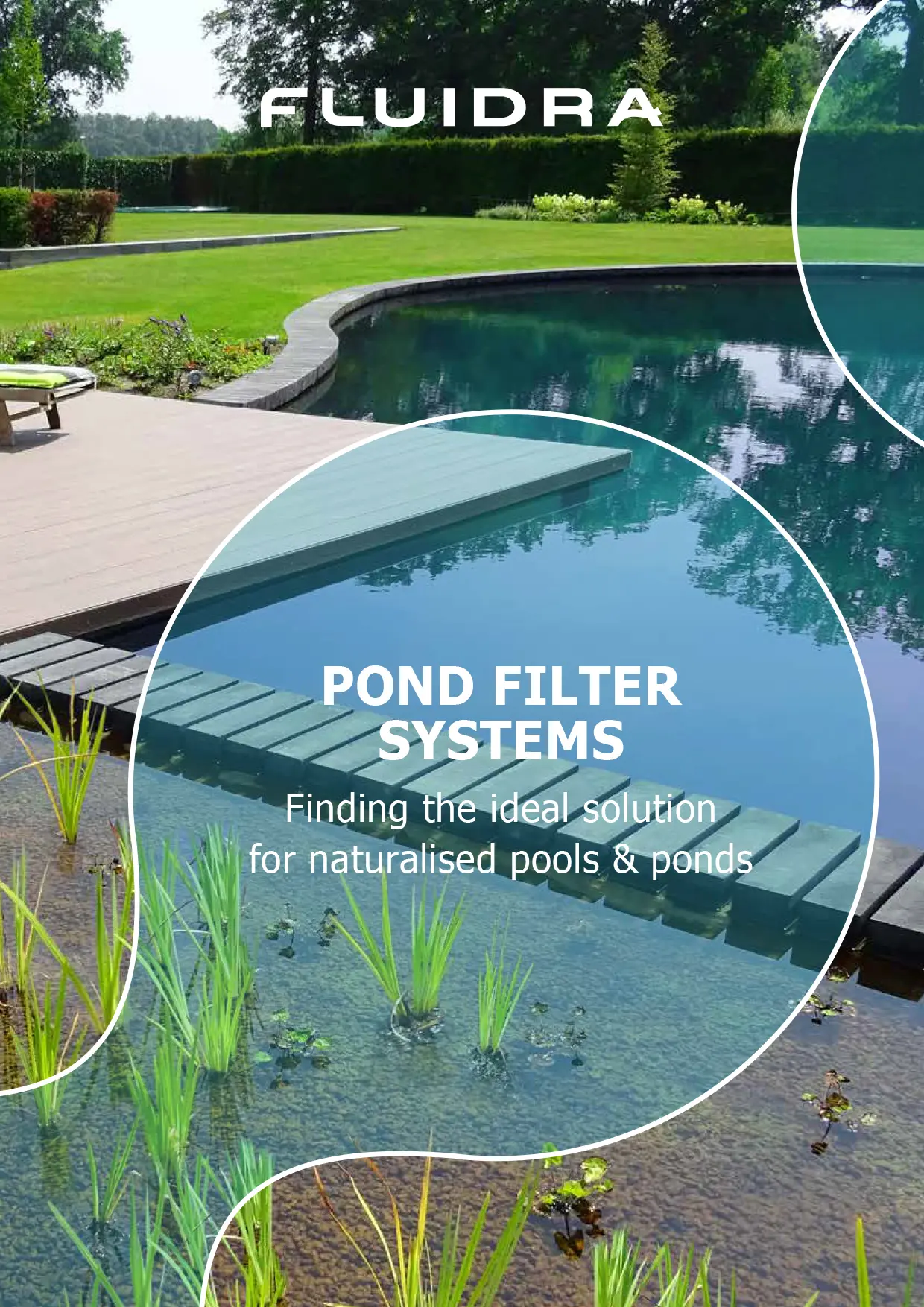Freepool2 – An innovative technical solution
Discover a revolutionary solution for the treatment and disinfection of public swimming pool water

Fluidra presents a water treatment solution that ensures the optimal water quality in swimming pools and natural environments, ensuring the health and comfort of the end users.
This revolutionary solution has been designed in collaboration with the Autonomous University of Barcelona and the Hospital Clínic de Barcelona. It provides optimal air and water quality, guaranteeing the health and safety of pool users.
The Freepool2 system uses Neolysis – the most natural and sustainable technology on the market, that corrects pH levels by injecting CO2 while reducing water consumption.
Freepool2 disinfects the water thanks to the Neolysis system and corrects the pH levels by injecting CO2 through the same reactor.
This process not only avoids using chemical chlorine, it also drastically reduces the concentration of chloramines due to ultraviolet radiation.
The Freepool2 equipment uses CO2 to treat the water, instead of acid. This reduces the amount of harmful compounds derived from mixing with organic substances, thus obtaining a healthier water.
The process is also beneficial to the environment by reducing gas emissions from facilities without affecting water quality.
The CO2 is obtained from a standard Dewar installation.
Thanks to this technology, Freepool2 creates pools with a perfect environment for end users.
- 75% reduction in the concentration of oxidants in the ambience, improving the quality of the environment and reducing the smell of chlorine.
- 100% reduction in the production of chlorine and dilute acid, which completely avoids the use of chlorinated products (hypochlorite, chlorine tablet, etc.) and acids.
- 66% reduction in pool refills, saving water and energy wherever it is installed.
While UV technology and electrolysis are well-known systems on the market, until now the results of combining them in a single reactor have not been harnessed. However, it has been proven that these two processes are effective in treating and disinfecting swimming pools.
Neolysis combines the best aspects of each of these technologies, while correcting some of their errors and limitations.
Besides disinfecting water without using chlorine, Neolysis dramatically reduces the concentration of chloramines. These are formed when chlorine comes into contact with the various nitrogenous components (cosmetics, sweat, etc.) that swimmers bring into the water.
The main characteristics and advantages of Neolysis are:
- It is not necessary to add salt to the pool.
- High resistance dual disinfection (UVC + chlorine in situ / anodic oxidation).
- Increased chloramine removal capacity (UVC + cathodic reduction), providing a clean environment without strong chlorine odors.
- Increased sustainability due to saving water and energy.
- It is no longer necessary to backwash the filter for the sole purpose of reducing chloramine levels (<0.6 ppm), adding to savings in water consumption.
- Synergic treatment of great interest due to the oxidation capacity with residual effects.
- Increased durability of components and filters in swimming pools
Thanks to the automated control of Freepool2, handling errors are avoided and installation safety is increased.
Two studies carried out by the Universitat Autònoma de Barcelona and the Hospital Universitari Clínic de Barcelona support the following overall benefits of using the Freepool system:
- Improves the comfort and users’ well-being.
- Avoids skin irritations.
- Decreases the incidence of respiratory (asthma), ocular and nasal complications.
- Decreases the airways’ inflammatory responses.
- Leads to a significant reduction in the total content of oxidants in the atmosphere released by the pool water, especially by chlorine gas, due to the use of CO2 instead of hydrochloric acid and the addition of the ozonation stage. The health problems and discomfort for users derived from the use of oxidizing agents completely disappear.
- The conductivity of water increases more slowly when neutralized with gas than when using hydrochloric acid. In fact, in the former case, it even stabilizes against the apparently sustained growth generated by hydrochloric acid. The observed trend in the chloride level explains, at least in part, this conductivity. By attributing the increase in conductivity in swimming pools to a greater formation of salts and other solutes, the use of CO2 to reduce conductivity also leads to a reduction in the environmental impact of these facilities.
- A correlation shows that the consumption of sodium hypochlorite is lower when CO2 is used for pH reduction.
- CO2 is safer to manage and use, as it is an inert and non-toxic gas that does not react with other chemicals used in this type of facility.
- There is a reduction in water by-products, which implies great savings by not having to renew the pool water.
All of these advantages are covered in reports from the Hospital Clínic of Barcelona and the UAB University.
